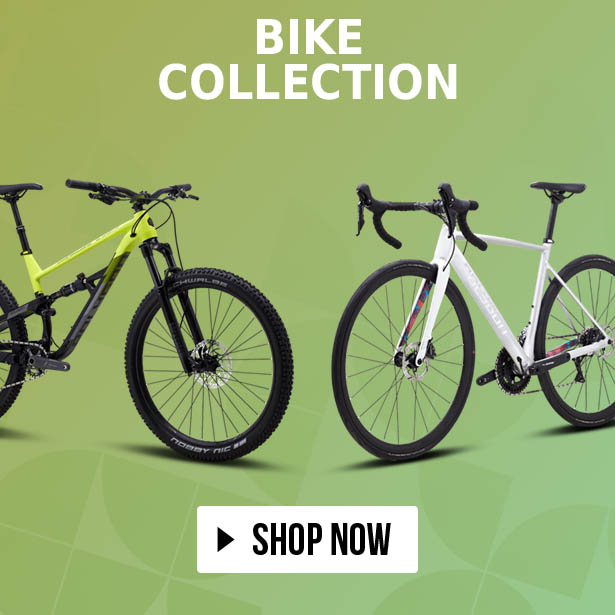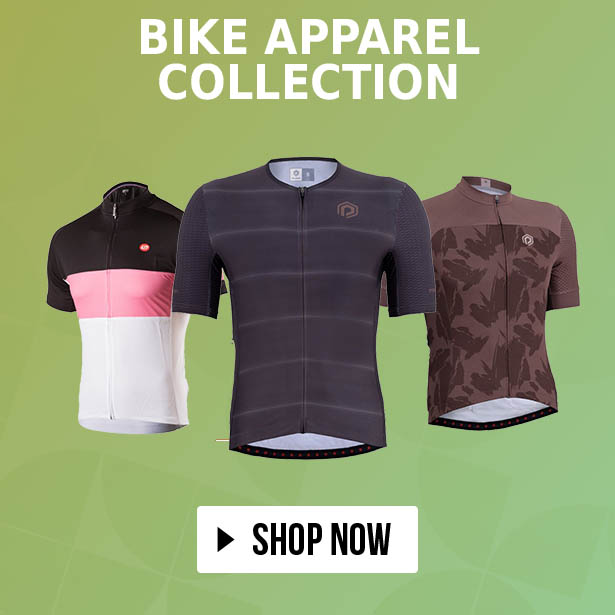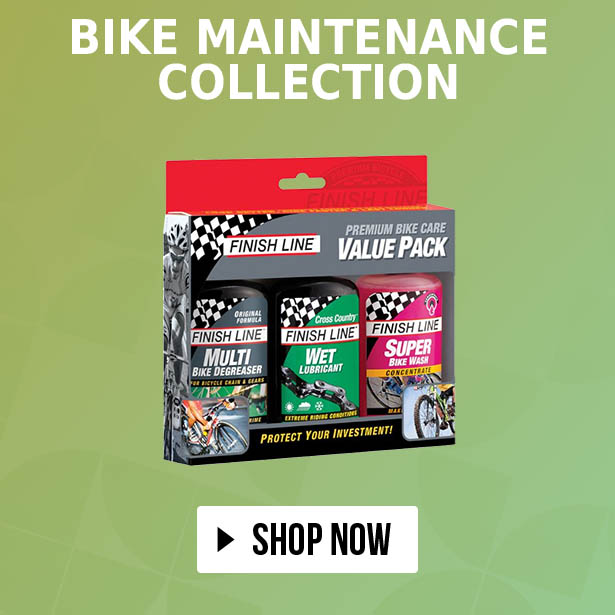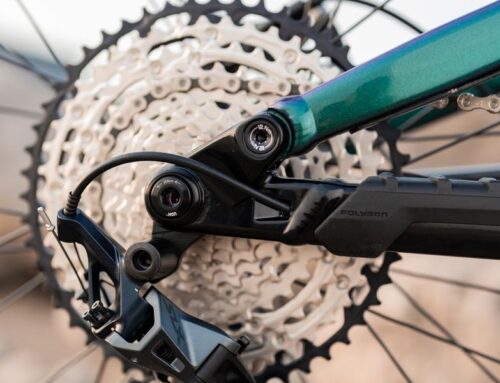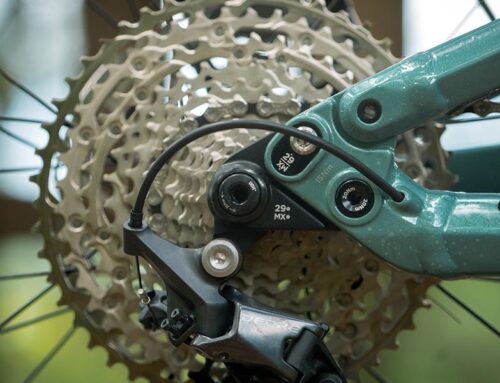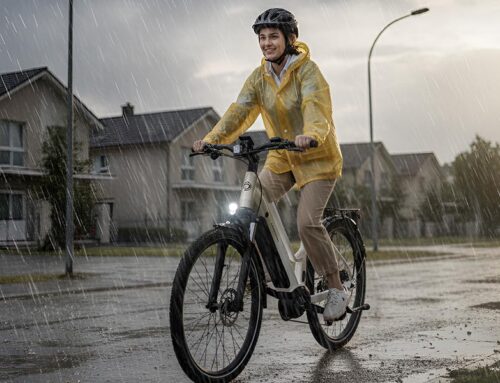Indoor training can be a game-changer for cyclists, offering convenience, safety, and the ability to train regardless of weather conditions. If you’re new to indoor training, there are several key things you should know to make the most of your experience. In this article, we will share nine essential tips that every cyclist should keep in mind when embarking on their indoor training journey. Let’s check it out!
1. Drink Water!
Not consuming enough fluids can be a mistake both outdoors and indoors. However, when riding indoors during the summer, the use of powerful fans to stay cool may lead to overlooking fluid loss. Similarly, feeling satisfied with a large bottle of water at home may not be adequate. To maintain proper hydration, it is recommended to aim for around 500ml of fluid consumption at small and frequent intervals.
2. Prioritize Proper Ventilation
The importance of regulating body temperature has become evident recently, as when Fillipo Ganna attempted the hour record. He made a significant effort to keep his core cool so he wouldn’t overheat during the final twenty minutes—vents were crucial for this reason. If you don’t have a fan, get one immediately; if you do have one but it is old or not working very well, try to get your hands on another. Good-quality fans can help keep air circulating around the body and prevent heat strokes and other medical emergencies.
If you intentionally want to make your workout harder and put extra stress on your body, don’t use a fan while training. However, be prepared not to hit the same numbers as usual—and stay hydrated!
3. Train with Intention
In addition to quality training, developing a solid foundation for your riding is essential. But it’s easy to waste time on junk miles—those rides that don’t really bring you closer to achieving your goals. If you’re training indoors, try to stick to structured workouts or cycling training plans in order to make the most of your time on a bike. Without clear goals and structure, indoor riding is likely pointless.
4. Fuel Up Properly
One mistake people often make when exercising is not eating enough before, during, and after a workout. Eating something small beforehand will help you work out comfortably—which can be more beneficial than binging on empty calories later in the day. But, how about fasting? Yap, fasting has its place in the training world, but it’s better suited for professional cyclists. Generally speaking, it’s better for regular cyclists to focus on consistency, perfecting the basics, and making sure that everything around your training—like recovery and nutrition—is in place before starting a fasting session.
5. Utilize Your Core
While it’s not a bad thing to sit while training—we all need to catch our breath and stretch our bodies occasionally—missing out on the opportunity to engage and activate your core is more likely if you’re doing long sessions sitting down. Your core plays a crucial role in enabling you to generate power. To avoid losing flexibility, train in your riding position, and when get back outdoors feel comfortable on the bike again.
6. Cover Your Bike
I strongly recommend that you keep a towel or bike cover nearby to protect your ride from sweat. Sweat is highly corrosive to the components of bikes, especially on aluminum—between your handlebars and headtube will likely be covered in it!
7. Adjust FTP Bias
When our fitness levels change (or we feel like we’re not as strong or fast as before), one mistake people make is neglecting to adjust their FTP (Functional Threshold Power) bias in their indoor training software (to reflect a potential power decrease). Your FTP is the number your training software uses to calculate all of your other workout metrics, like heart rate zones—the utmost goal during any structured ride.
On the other hand, you may be training too often and pushing your body to its limits. These sessions don’t push hard enough for continued gains in fitness. If you don’t adjust your FTP bias in line with your current fitness level, then it’s likely that you won’t be training in the correct cycling training zones—which could mean not pushing yourself enough or too hard.
8. Proper Warm-Up and Cool-Down
While an indoor training session may be time efficient, it is important not to overlook the warm-up and cool-down portions of the workout. Most of us naturally warm up before we begin exercising, but neglect the cool-down period. Spinning your legs for 5-10 minutes after completing some all-out efforts will flush lactic acid from the muscles you’ve been using and loosen them up. It also helps kick-start the recovery process and can help lessen some of the aches and pains that come after a particularly challenging workout.
9. Set Challenging Goals
Just like with the previous point about training plans, if your goal is something other than what you really want to achieve then it won’t be worth working for. When training on the turbo trainer, having a goal can be very motivational. If you have something specific that you want to achieve—such as riding for longer or harder than ever before—this will give your workouts new meaning and purpose. It is important to set goals that are meaningful and not just enjoyable.
Conclusion
Embarking indoor training as a beginner cyclist can be both exciting and challenging. By implementing these nine essential tips, you’ll be well-prepared to make the most of your indoor training sessions. Remember to stay hydrated, maintain proper ventilation, train with purpose, fuel your body adequately, engage your core muscles, protect your bike, adjust your FTP bias, warm up and cool down, and set ambitious goals.
If you’re in search of a store that offers trainer bicycles or are interested in indoor cycling, look no further than Rodalink! We provide excellent deals on top-quality accessories and training equipment. Whether you’re in need of a bike trainer with a riser block or any other type of turbo trainer, you can rely on Rodalink Malaysia, a trusted bike shop. To assist you in selecting the ideal turbo trainer for your requirements, Rodalink offers detailed information about the various types available.
With Rodalink, you can enjoy the convenience of free local delivery with no minimum purchase requirement. We accept multiple payment options, including Visa, Mastercard, and online banking. Additionally, flexible installment payment plans with 0% interest are available. By becoming a member of Rodalink Malaysia, you’ll receive regular updates regarding our ongoing promotions and offers. Whether you’re cycling indoors or outdoors, find all your cycling needs at Rodalink Malaysia!

